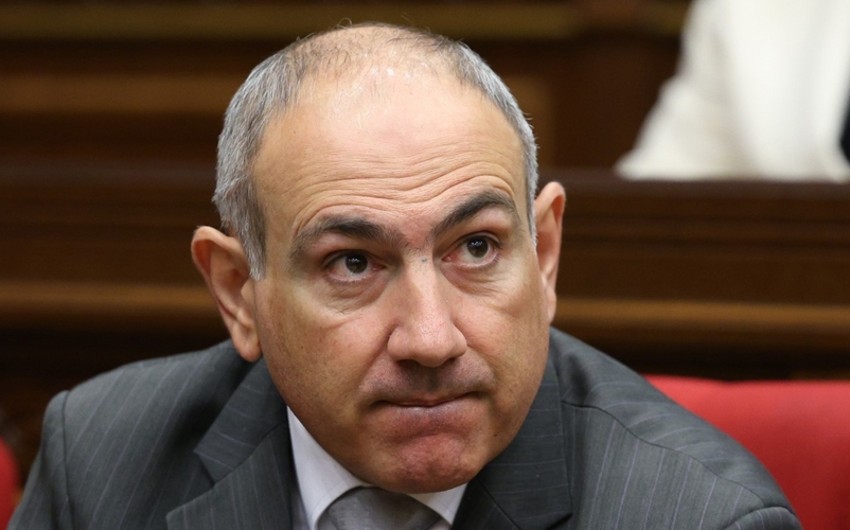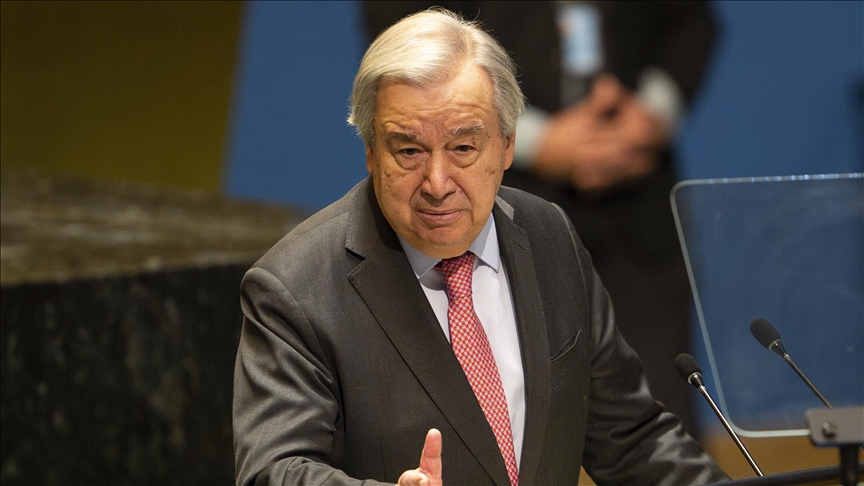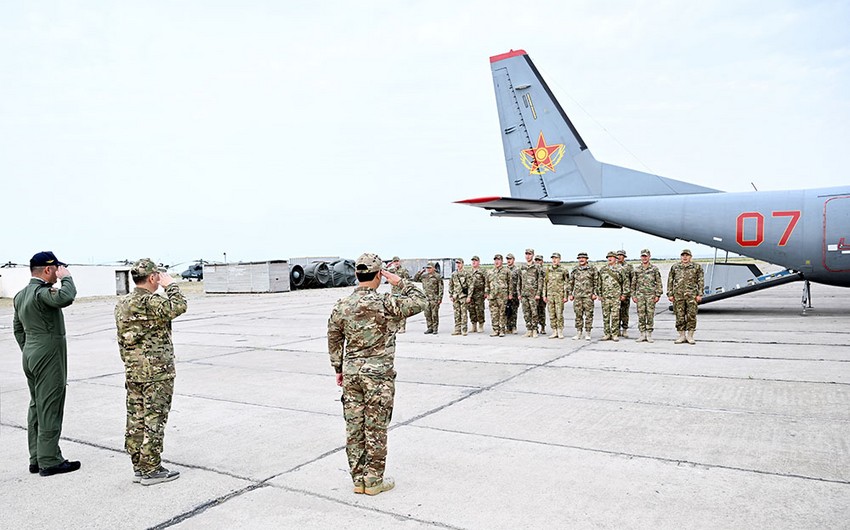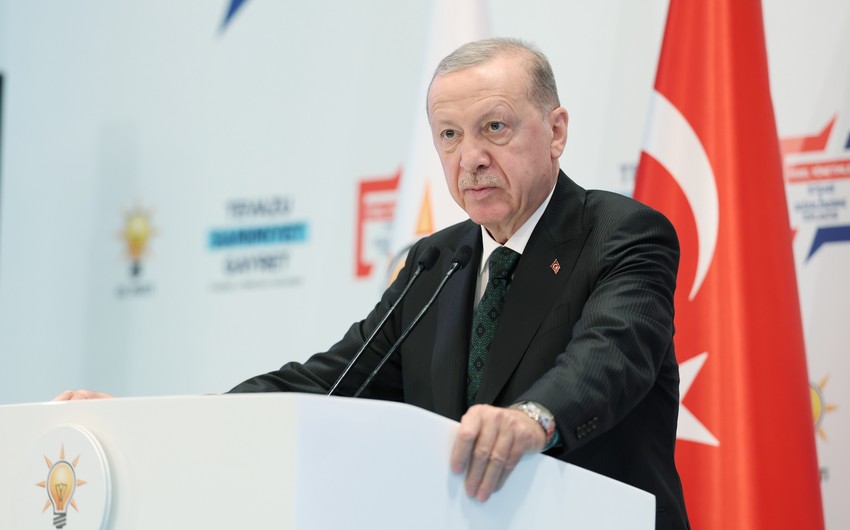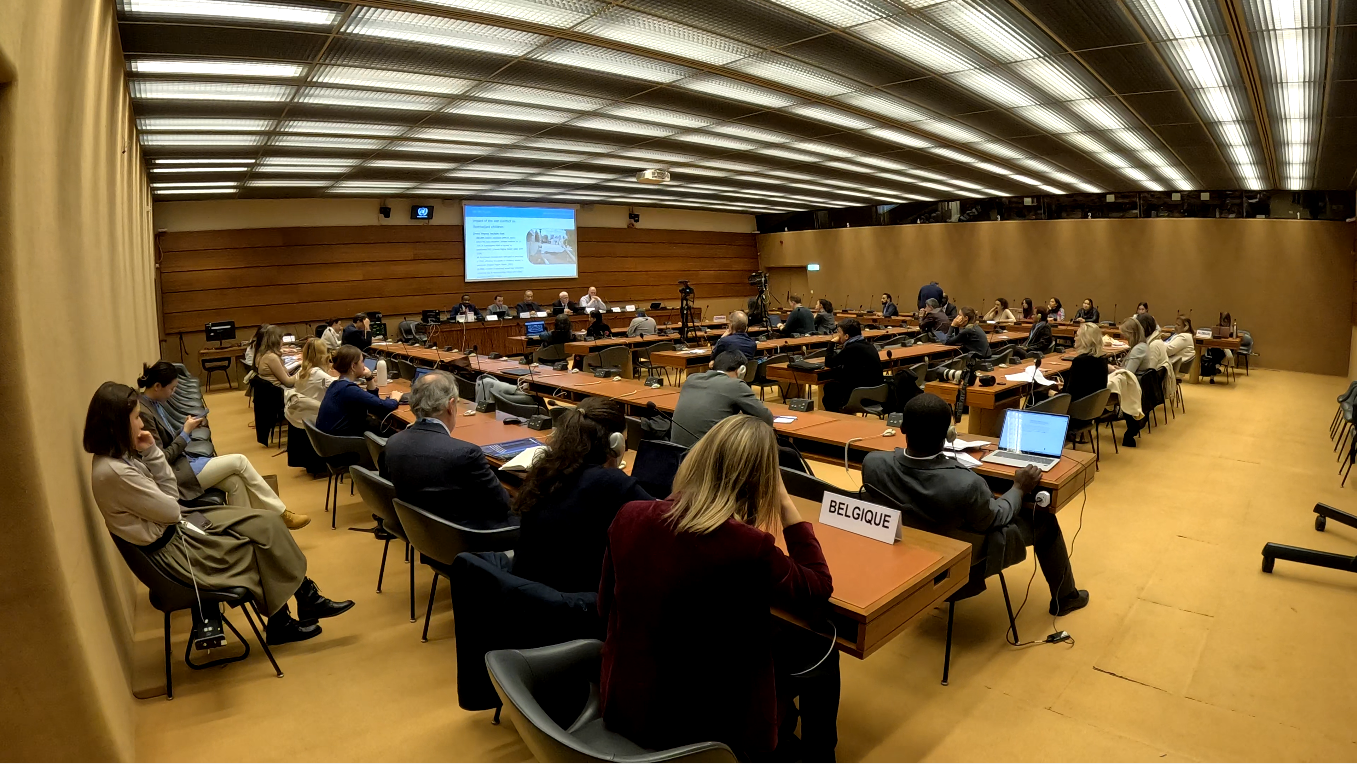President Donald Trump's decision to halt all U.S. military aid to Ukraine is a significant blow, not only to Kyiv but also to European allies who had been lobbying for continued support from Washington.
This is not the first time the U.S. has suspended military aid. In the summer of 2023, Republicans blocked then-President Joe Biden's largest military aid package to Ukraine. At that point, Ukraine was relying on Europe's assistance to make use of its existing stockpiles of weapons and ammunition.
Eventually, Congress approved a £60 billion aid package in the spring of 2024, which came at a crucial moment as Ukraine was defending itself against Russia's renewed offensive in Kharkiv. The delayed delivery of U.S. weapons played a significant role in changing the course of the situation.
As in 2024, the impact of the U.S. cutting aid will likely take months to be felt, particularly in terms of combat ammunition and equipment.
European countries have gradually increased the production of artillery shells, and currently, Europe supplies 60% of Ukraine's aid, which is more than the U.S.
However, U.S. military support remains crucial for Ukraine. A Western official recently described it as the "cream" in terms of weaponry.
Ukraine's ability to protect its civilians and cities largely depends on U.S. air defense systems, such as the "Patriot" and NASAMS, developed in collaboration with Norway.
The U.S. has provided Ukraine with the capability to carry out long-range strikes using HIMARS and ATACMS missiles.
Although the U.S. has restricted their use within Russian territory, they are still vital for targeting high-value objectives in the occupied areas.
This issue is not just about quality but also quantity. As the world's most powerful military, the U.S. has been able to provide hundreds of Humvees and armored vehicles — numbers that smaller European armies cannot match.
The lack of some of this aid could require time to adjust, especially in terms of battlefield communication. More concerning, however, is the potential disruption of intelligence-sharing.
No country can match the U.S. in space surveillance, intelligence gathering, and communications. Moreover, this capability is provided not only by the U.S. military but also by commercial firms.
Let’s take Elon Musk’s Starlink satellite communication network. At every Ukrainian position on the front lines, you’ll find a Starlink dish.
These devices are used to transmit the latest battlefield intelligence. They’re crucial for coordinating artillery and drone strikes.
In the past, the Pentagon has acknowledged funding this lifeline. Given Elon Musk’s role as a key figure in the U.S. administration, it seems less likely that he will continue to cover this expense now. He is also a vocal critic of Ukrainian President Volodymyr Zelensky.
Will the U.S. prevent European countries from sending U.S.-made equipment to Ukraine? When European nations wanted to send F-16s to Ukraine, they had to get Washington’s approval first.
What about the maintenance of U.S.-supplied equipment? The U.S. also trains Ukrainian forces and helps maintain the equipment they’ve provided.
As Biden's presidency was winding down, he lifted restrictions on American contractors working in Ukraine. Specifically, the F-16s require engineers and spare parts to remain operational.
Trump’s decision to cut off aid may anger many in Ukraine and elsewhere. But there is a clear political objective here: to push Ukraine to the negotiation table sooner.
Author:Jonathan Beale
Source: BBC Azerbaijan
Translate to English: Madina Mammadova





